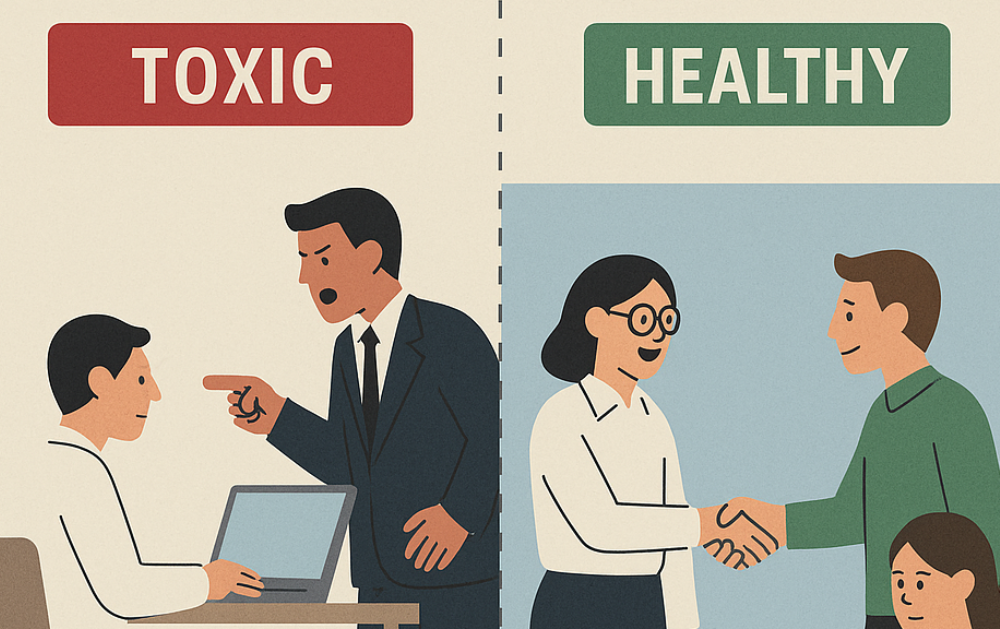The Hidden Link: Mental Health and Workplace Violence

Workplace Violence is a Leadership Problem—Not Just a Security Issue
Workplace violence isn’t just an isolated risk—it’s an escalating crisis, fueled by unaddressed mental health challenges and leadership complacency. Every day, employees face threats, harassment, and even physical violence, while organizations struggle to break the cycle. If leaders fail to recognize the root causes—stress, untreated mental health issues, and toxic environments—they risk legal liabilities, reputational damage, and catastrophic consequences.
The numbers demand action. The Bureau of Labor Statistics reported 57,610 workplace violence cases in its latest two-year study. The healthcare sector is ground zero, with 81% of nurses reporting workplace violence, according to the American Nurses Association’s 2024 report. These aren’t just statistics—they’re a call to leadership.
The Leadership Blind Spot: Mental Health & Workplace Violence
Mental health challenges—depression, anxiety, PTSD, substance abuse—aren’t isolated struggles. They shape workplace culture, influence safety, and determine productivity. A high-pressure environment without intervention is a breeding ground for aggression.
A Journal of Occupational Health Psychology study confirms that unchecked depression and anxiety often correlate with workplace aggression—especially when employees feel unsupported. Meanwhile, the National Institute of Mental Health reinforces a crucial truth: employees with mental health challenges are more likely to be victims of violence than perpetrators. The real risk emerges when stress, isolation, and a lack of leadership intervention compound these challenges.
Mental Health as a Risk Management Strategy
Ignoring workplace stress isn’t just poor leadership—it’s an operational liability. The World Health Organization estimates 1 in 4 employees will experience a mental health disorder. Leadership inaction leads to disengagement, tension, and violence.
Workplace violence prevention isn’t optional—it’s fundamental. When leaders neglect the intersection of mental health and safety, they lose control of their workforce. Productivity plummets. OSHA compliance failures stack up. Legal exposure increases. And, worst of all, violence escalates.
Proof That Mental Health Initiatives Reduce Workplace Violence
Forward-thinking organizations prove that prioritizing mental health isn’t just ethical—it’s strategic.


The lesson? Prevention works—but only if leadership is willing to act.
5 Leadership Strategies to Prevent Workplace Violence
Executives must take control. Here’s how:





Bottom Line: Leaders Must Own the Problem
Preventing workplace violence starts with treating mental health as a core business strategy—not an afterthought. Organizations that take decisive action build stronger teams, eliminate risk, and safeguard their workforce.
The cost of inaction? Workplace instability, reputational damage, and liability exposure.
The time to act is now. Will your leadership step up—or wait for the next crisis?


